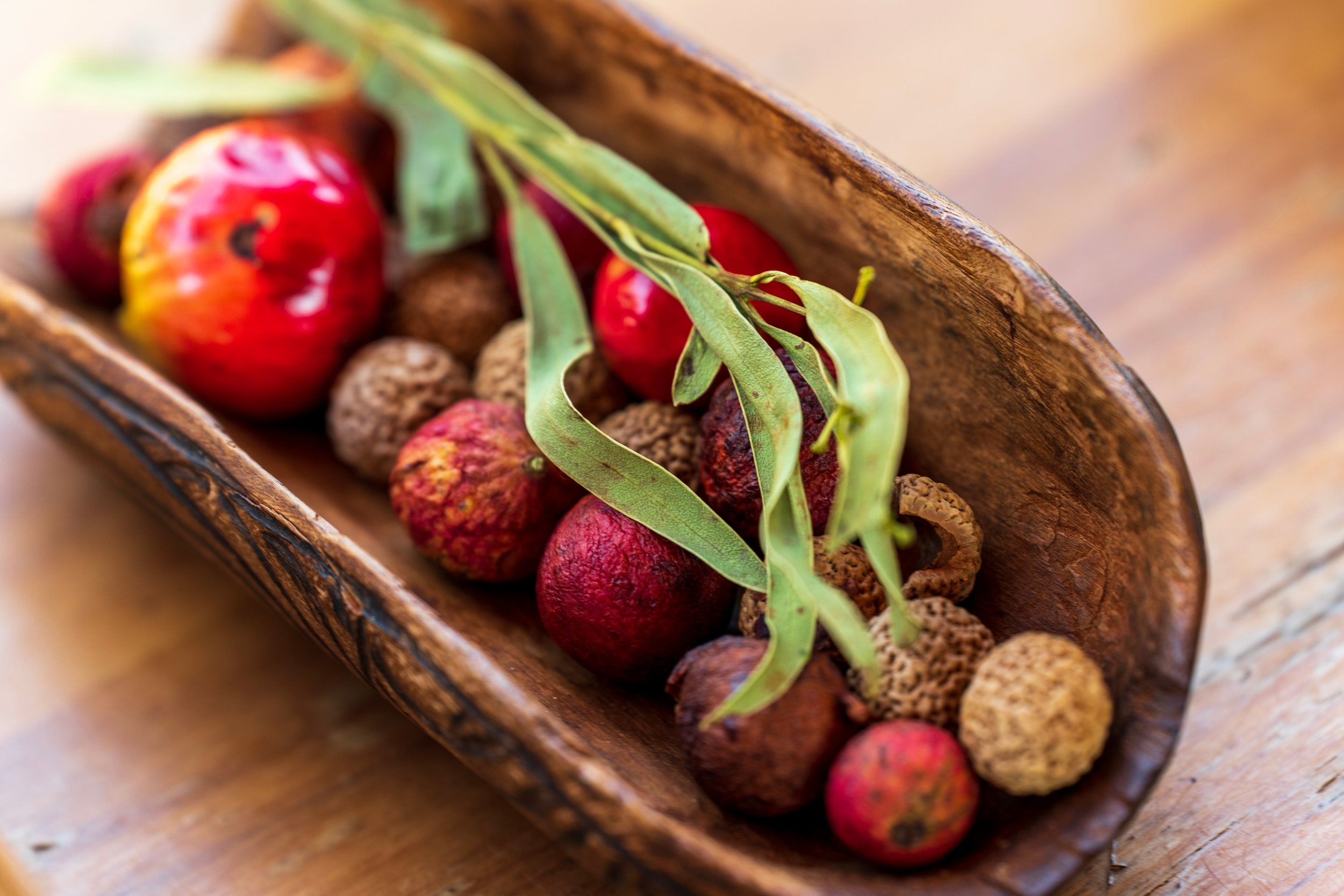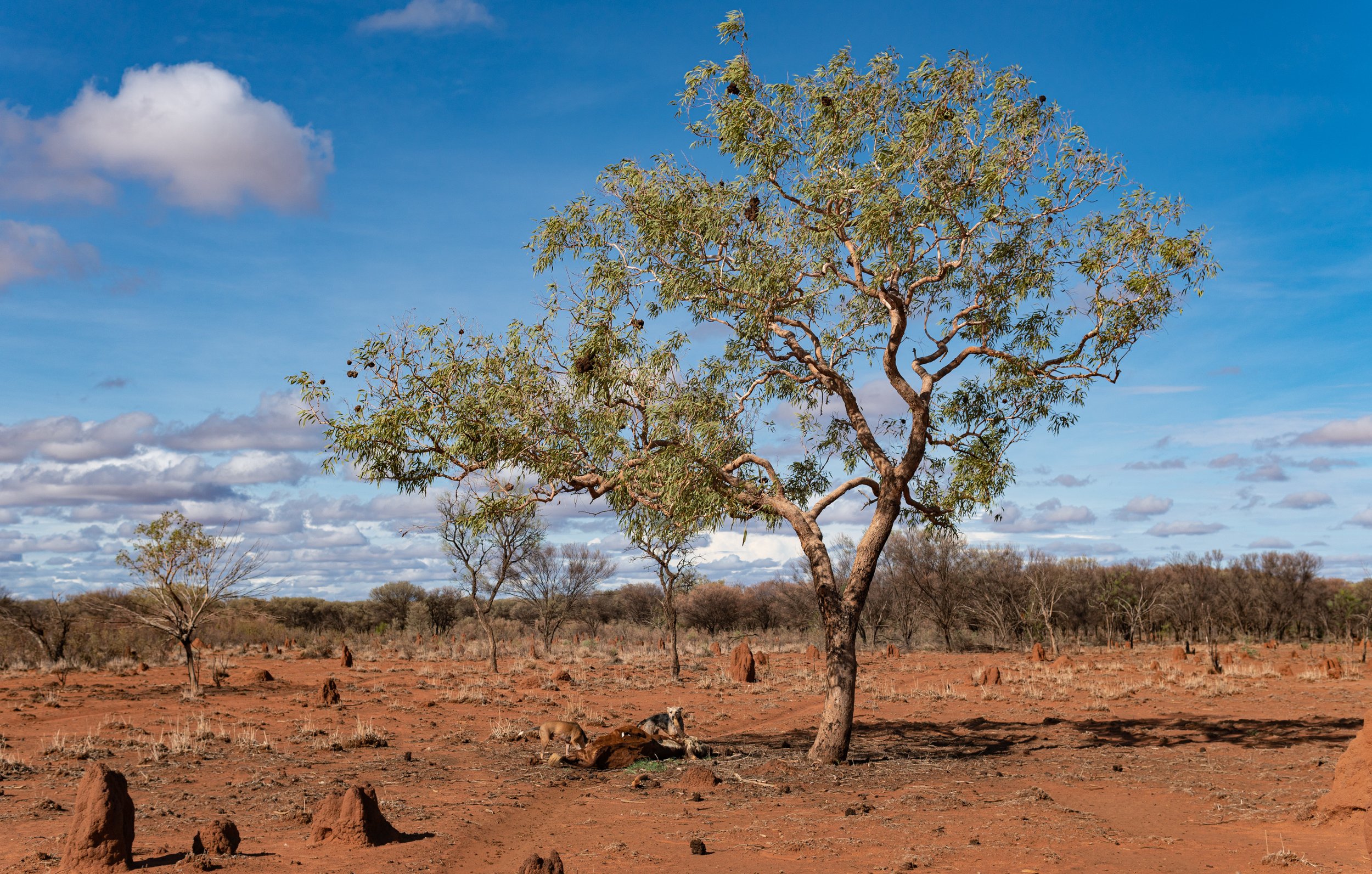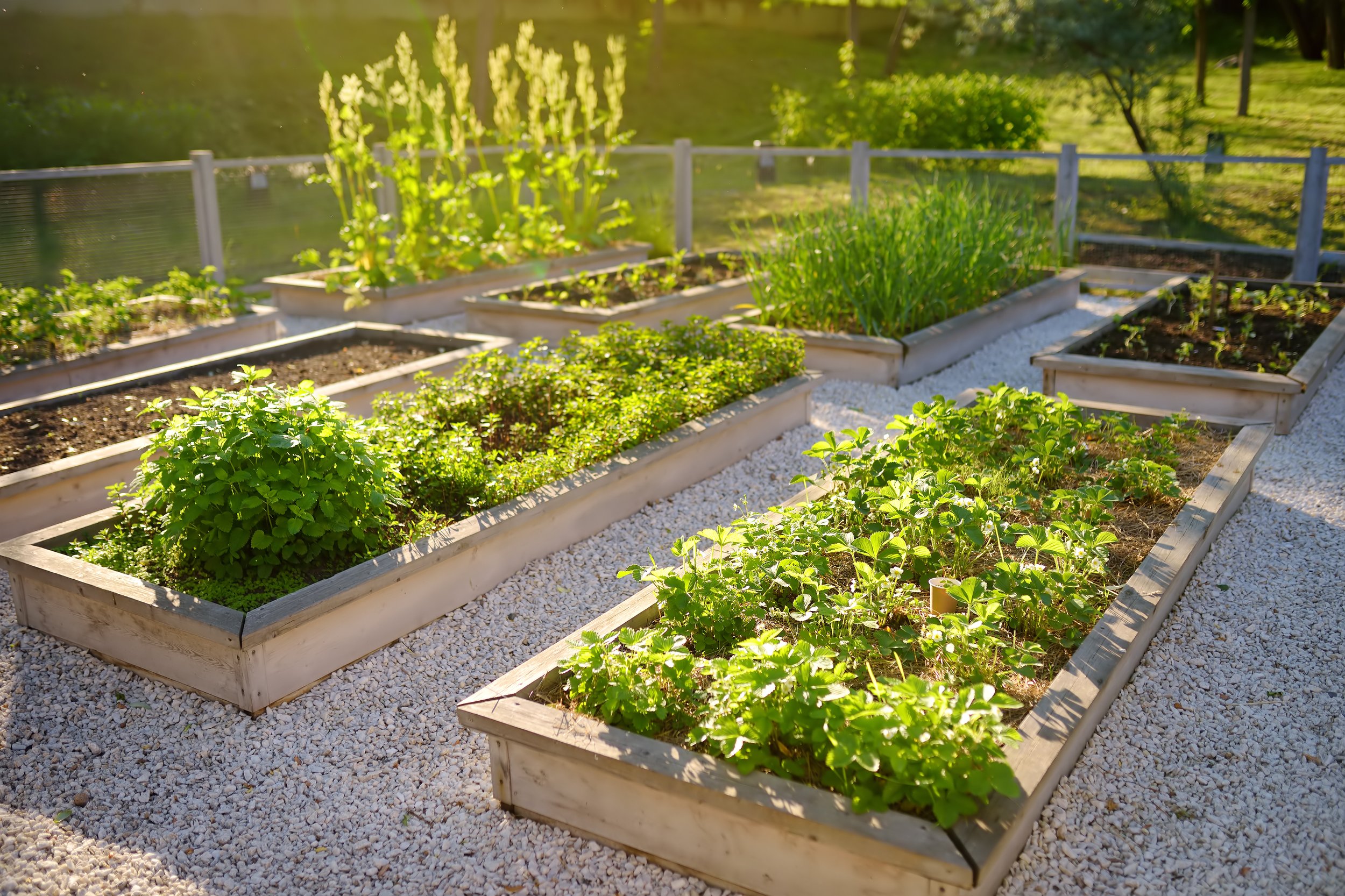
A just transition away from industrialised farming and fishing
In order to protect our natural world for generations to come, we must revolutionise our food and clothing systems, looking to Indigenous communities to lead the way.
Indigenous people lived sustainably on this landscape for more than 65,000 years prior to European arrival. In order to truly protect wildlife, we must look towards Indigenous wisdom for solutions to unsustainable systems that have occurred post-European arrival.
Indigenous communities have a wealth of knowledge to help show us the path forward, all we need to do is listen.
Our current food system is unsustainable, swallowing the world’s wild places and wild faces at an unprecedented rate. Forests are being destroyed to be transformed into grazing pasture, or to grow food for animals raised in factory farms. Indigenous, free-living animals are persecuted for the sake of protecting farmed animals and agricultural profits. Huge amounts of greenhouse gas emissions are being emitted into our atmosphere through both methane produced by ruminant animals, and the clearing of precious habitat to make way for them. Offshore, our oceans are being fished at a rate far more rapid than populations can replenish themselves, and fish farming operations are causing devastation to the wider oceanic ecosystem.
When combining land used for growing animal feed and pastures for grazing, livestock farming accounts for a whopping 77% of global farmland use, whilst only providing 18% of the world's calories and 37% of total protein.
In the past few decades there has been extensive research highlighting the urgent need for western diets to rebalance plant and animal ratios.
This has culminated in a number of prestigious studies whose shared conclusion is that transitioning to diets with less animal-based foods - particularly meat - has significant public health benefits. A viable pathway to doing so is the production of alternative proteins.
The good news is, we have the means to feed the world in a much more sustainable way, without compromising the natural world.
At scale, alternative food systems could present the opportunity to return some land currently being used for agriculture, to be rewilded and returned to nature, as well as create opportunities to expand bush tucker practices.

In order to change our current farming system, we need investment into more sustainable solutions
-
Protected areas and ecotourism
Several countries around the world have demonstrated the far reaching community benefits that come from governments investing in nature conservation.

-
Community-based food systems
Community-based food systems ensure food security, promote better health among communities, and is the most sustainable way we can produce food.

-
More sustainable fashion
The fashion industry is capable of moving beyond the use of animals, utilising the plethora of more sustainable and wildlife-friendly materials available.

-
Alternative proteins
Excitingly, there are a huge variety of alternatives to current unsustainable sources of protein. Ones that are better for wildlife, your health, and the planet.



